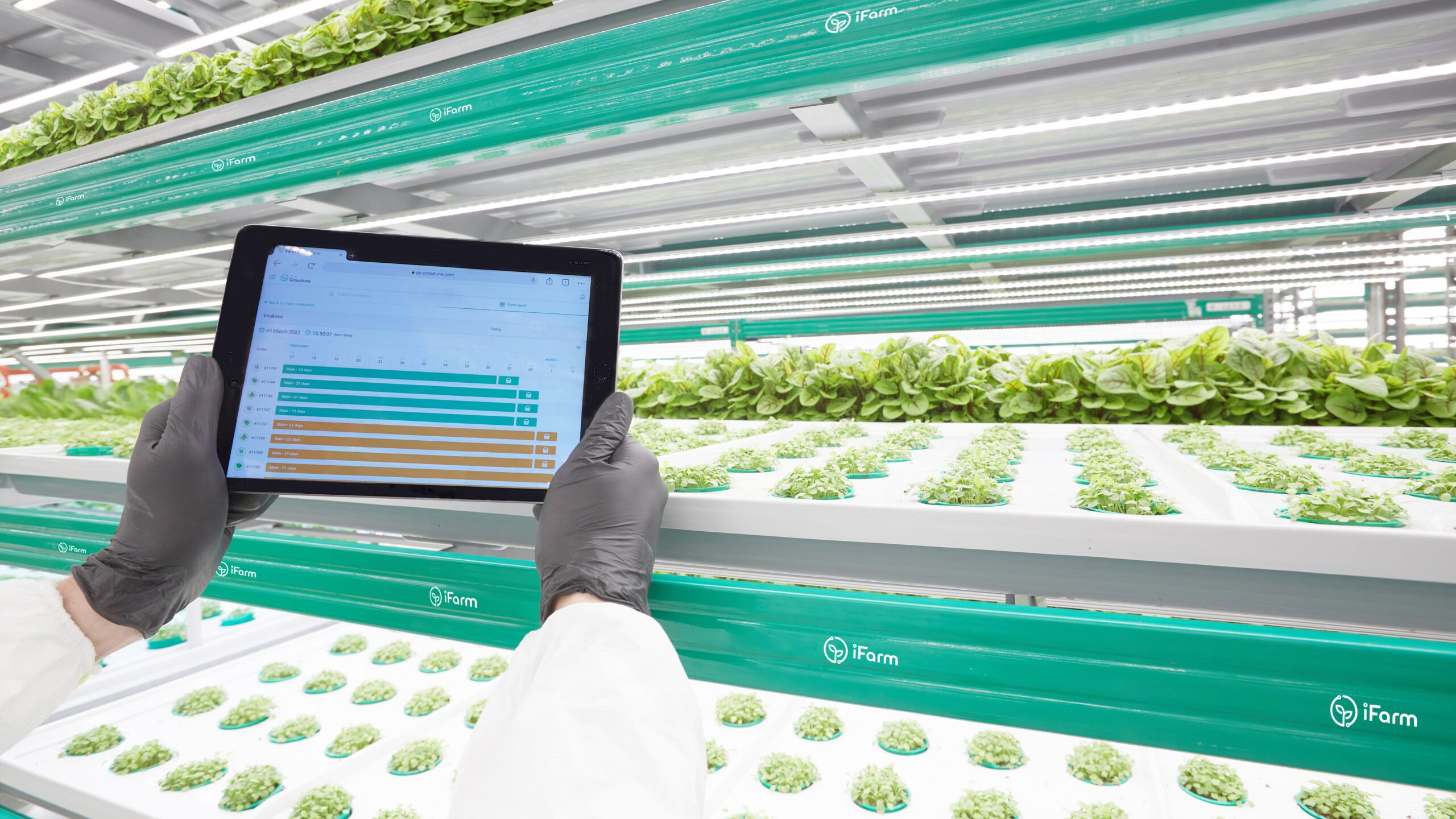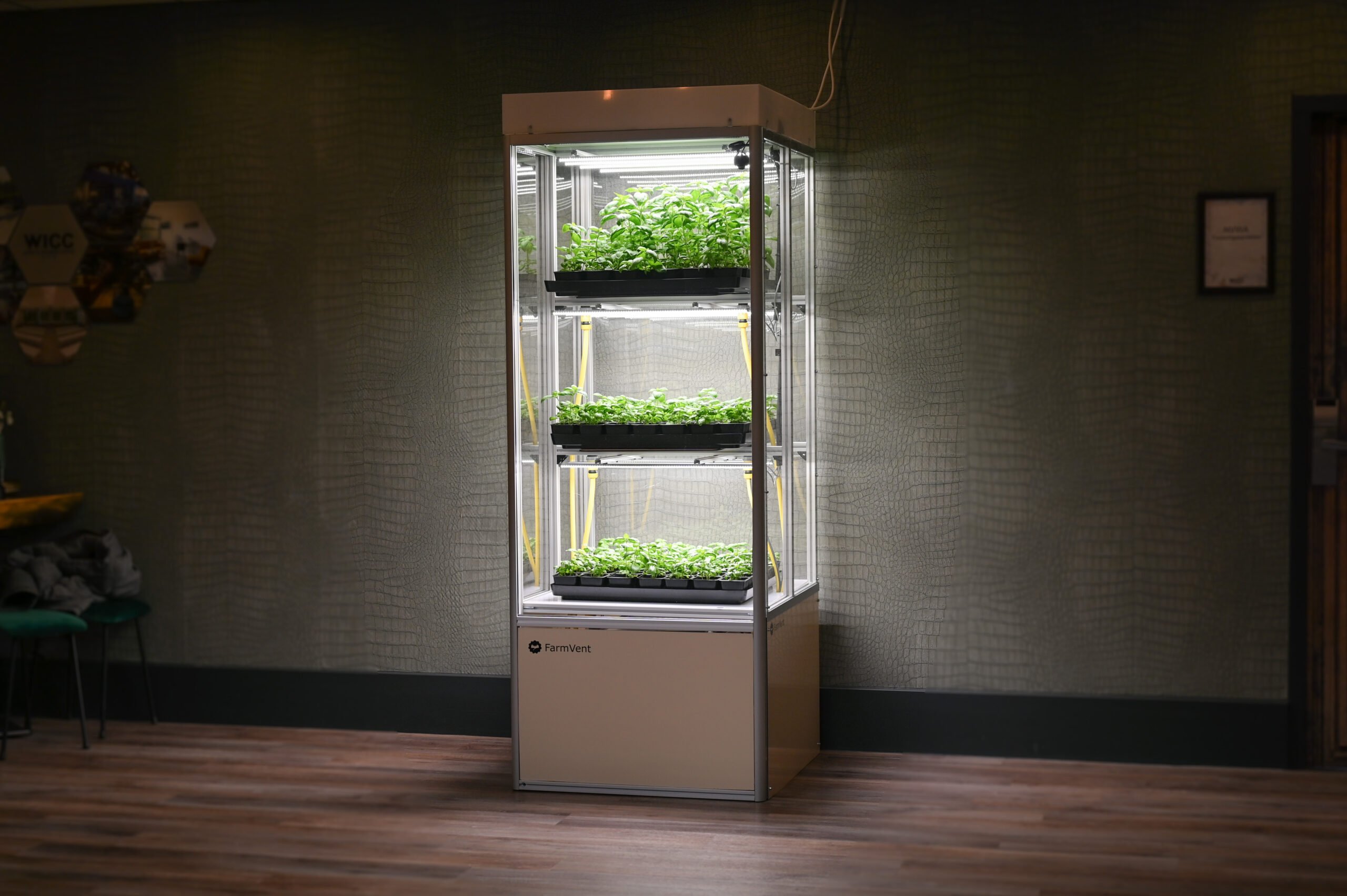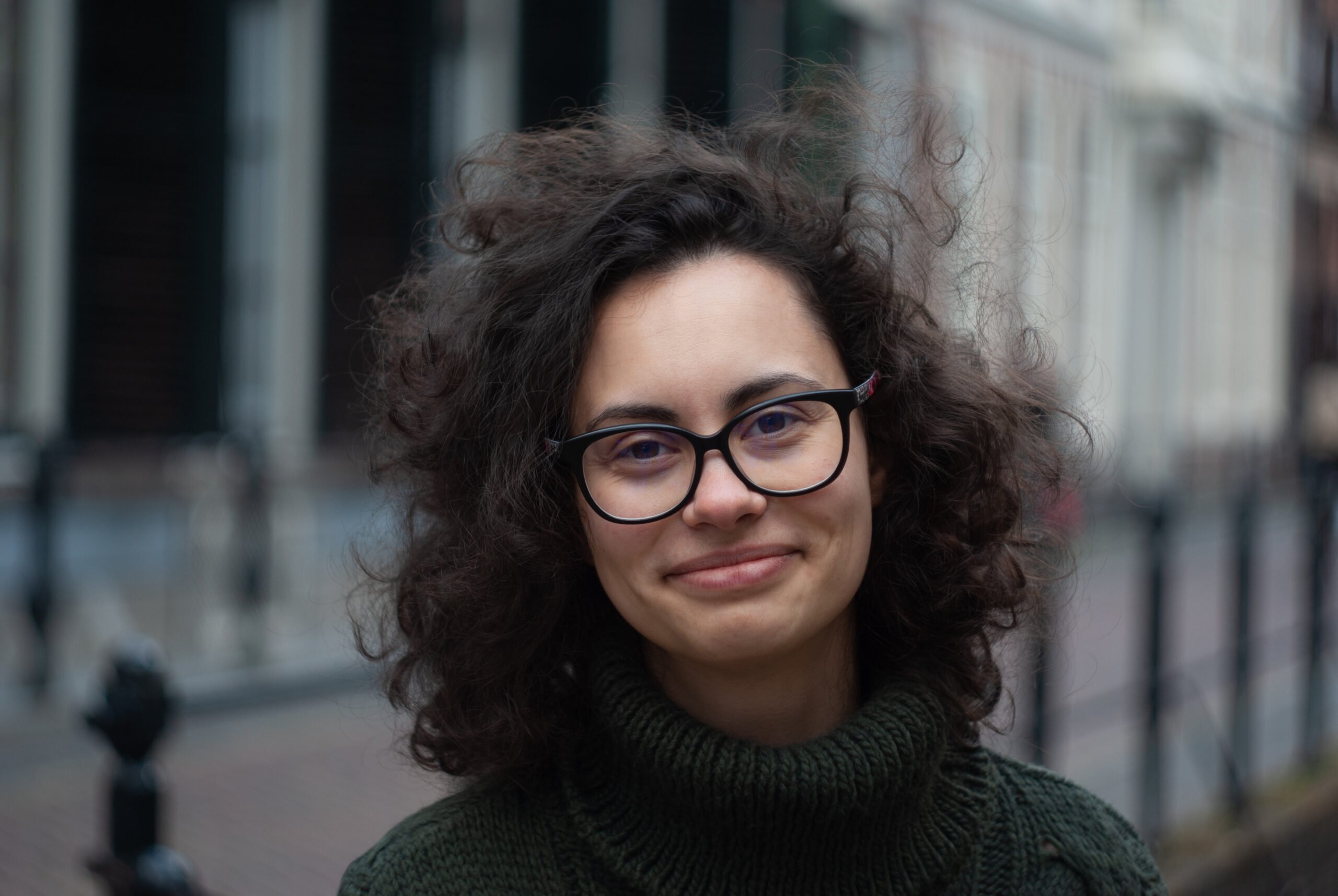
About iFarm
- Founders: Max Chizhov, Alex Lyskovsky, and Konstantin Ulianov
- Founded in: 2017
- Employees: 70
- Money raised: -
- Ultimate goal: To create a technology for growing fresh fruit locally with the highest quality of food.
It is estimated that by 2050 the population on the Earth would reach 9.9 billion. This means that traditional farming will be insufficient to feed all the people. The result of this is a call for food industry transformation. iFarm‘s founders have developed a solution that enables urban farming in different parts of the world and brings fresh produce all year round. In this episode of start-up-of-the-day, Max Chizhov, one of the founders, talks about the progress of the company.

What does iFarm do?
“iFarm is a new generation of farming technologies because it provides our clients with indoor farming. Indoor farming offers an upgrade of the current technologies. It allows growing products in a totally closed environment with complete control of the data that is collected inside.”
How does it work?
“We have two main parts. The first is hardware. It is a turnkey solution. That includes the racks, the LED lamps, our system, an air conditioner, and so on. It is all the hardware that is combined in one facility. We want to connect all of these devices together to organize all processes from seeding to harvesting.
Second, because all of us, the founders, are from IT, we focus on developing software. It is the main thing that helps our clients control the technical and business data. The software allows the client to aggregate all the data to provide knowledge and step-by-step methods of how to use the empty space on their farm for 100 percent productivity. The farmers have dashboards that can be controlled by the push of a button. All of the information can be analyzed from a mobile phone or a desktop. They don’t need to hire an agronomist for this.”
How did the idea come about?
“We didn’t have any previous experience or knowledge of how to grow plants, let alone how to be a farmer. But we are entrepreneurs. So, we knew that we would know how to find the best people, the right employees, good partners, and the best technology for our goals.
We started the company because we wanted to create a technology for growing fresh fruit locally. But also we wanted to produce high-quality food. So we spent a year looking for the best solution for this. Then we decided that indoor farming is the right way to achieve this. It offers a controlled environment and it allows growing greens around the world.”
How hard was it to find funding?
“It wasn’t difficult. The first funding was from us, the founders. And the first external investment we had after half a year. In fact, all of our investors discovered us organically in the different places where we present our technology, such as conferences, our blog, websites, or even LinkedIn. Until now, we have had many conversations with venture capitals. And right now we are in the process of closing round A this year.”
What are you most proud of?
“Our main achievement that we are really happy with is our fully automated farm for berries. There are only several companies in the world that know how to grow berries indoors with a fully-automated technology. We are proud to be one of the companies that can build such a farm.”

How do you see yourself in five years?
“We really want to grow quickly. Last year we built two farms in Europe, one in Germany and one in France. And right now we are focusing on the Middle East. Our clients have built farms in Saudi Arabia and Qatar. In the next five years, we also want to focus on Asia as a whole and we want to operate 1 million square meters of farms operated by our software.”

What else is expecting you in the future?
“Right now we are using indoor farming technologies for growing greens. But from the start of this year, we have been improving our technology to be fully automated. We also want to use the same technologies to solve different problems. For example, right now we use drones that fly around the farm and take photos, which after that are sent to our cloud. This allows for quality control of diseases and the growing speed of the plants. In this way, the results are analyzed without special employees.”


